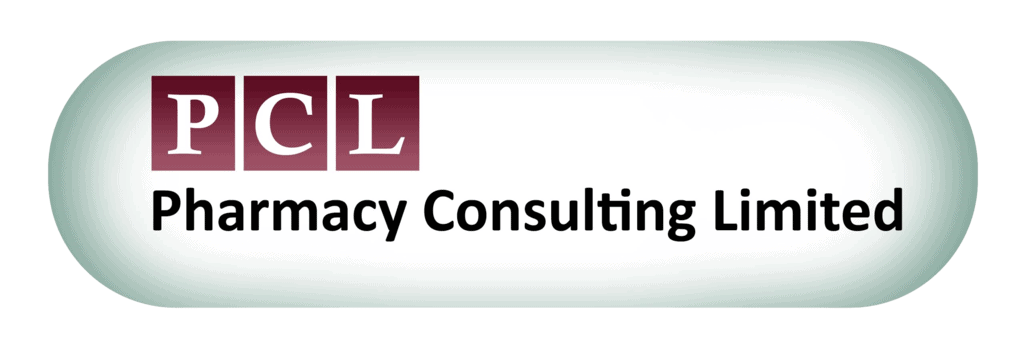According to the Human Medicines Regulation (2012), a product is a herbal medicine if the active ingredients are herbal substances and or herbal preparations only.
A herbal preparation is when herbal substances are put through specific processes, which include:
- Extraction
- Distillation
- Expression
- Fractionation
- Purification
- Concentration
- fermentation
The herbal substance being processed can be:
- reduced or powdered
- a tincture
- an extract
- an essential oil
- an expressed juice
- a processed exudate (rich protein oozed out of its source).
Eligibility under Traditional Herbal Registration
You must ensure:
- the product is to be used for one of the permitted indications of which it has been known to traditionally treat (see references below)
- show evidence that the herbal medicinal product has been traditionally used to treat the stated condition for a minimum of 30 years, 15 years of which must have been in the European Union (EU). There are various sources of evidence that can be used to. Examples of which are:
- any published information referring to specific product formulations e.g. Old editions: Martindale: List of Preparations; German Rote List; Potter’s New Cyclopaedia etc
- company archive materials: brochures, sales lists, invoices etc.
- use of licensed herbal medicines in UK or other Member States
- other bibliographic evidence, e.g. text books, pharmacopoeia
- lists of traditionally used herbs currently in use in other Member States (e.g. German, French, others)
- documentation relating to herbal medicines manufactured as “specials” evidence from herbal practitioners.
Requirements for Registering a Product under Traditional Herbal registration (THR)
Scientific evidence relating to the safety, quality and traditional use of the product must be provided with the application. The following is a non-exhaustive list of information to be provided when registering a product under THR: (the footnotes provide links to guidelines in completing the documentation)
- a technical dossier covering the quality of herbal ingredients in the electronic Common Technical Document (eCTD) format for traditional herbal medicines
- review of safety with an expert report including clinical and non-clinical safety areas carried out by either:
- A registered doctor
- a registered pharmacist
- a scientifically qualified competent individual (e.g. toxicologist)
- herbal practitioner who is a member of a professional body and working towards statutory regulation of herbal medicine profession
- draft summary of product characteristics according to the European Commission’s guidelines
- a mock up label and patient information leaflet (PIL)
- proof of payment
So Herbal Registration is not a walk in the park. If follows an intense process which can be as lengthy as medicines registration. Although if you think about it, why shouldn’t it be?! The whole purpose of quality and regulation of all products is to keep the patient safe! Unfortunately this such requirements do not get met by a quick fix!
